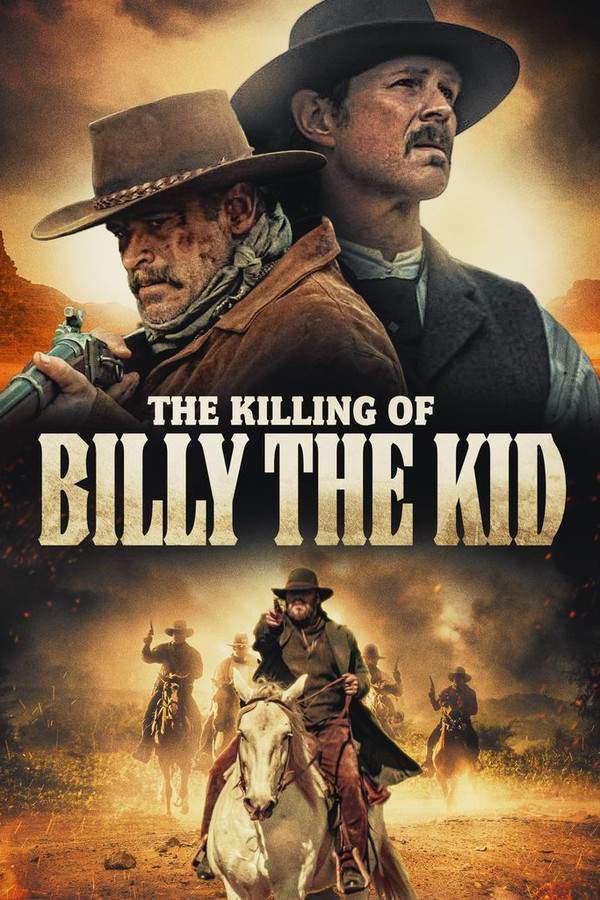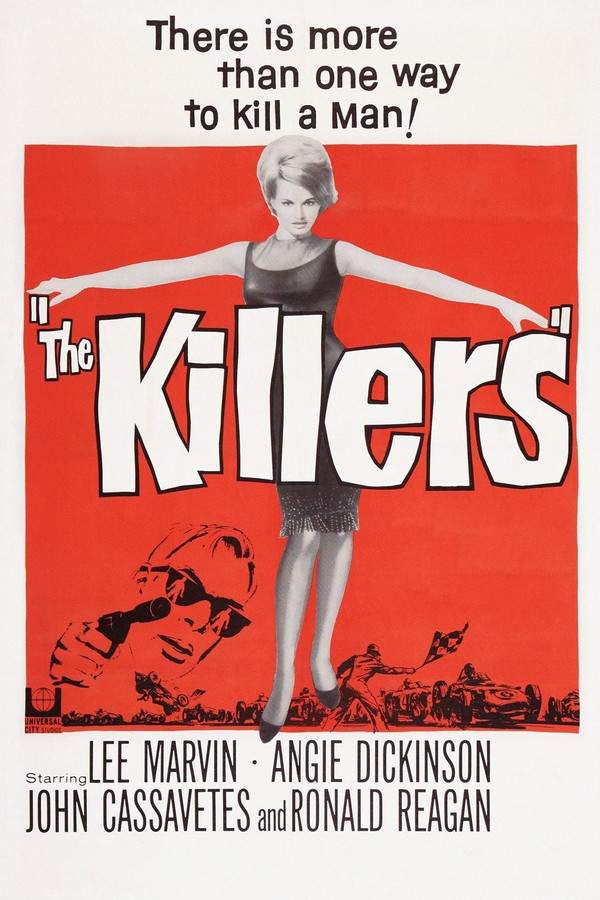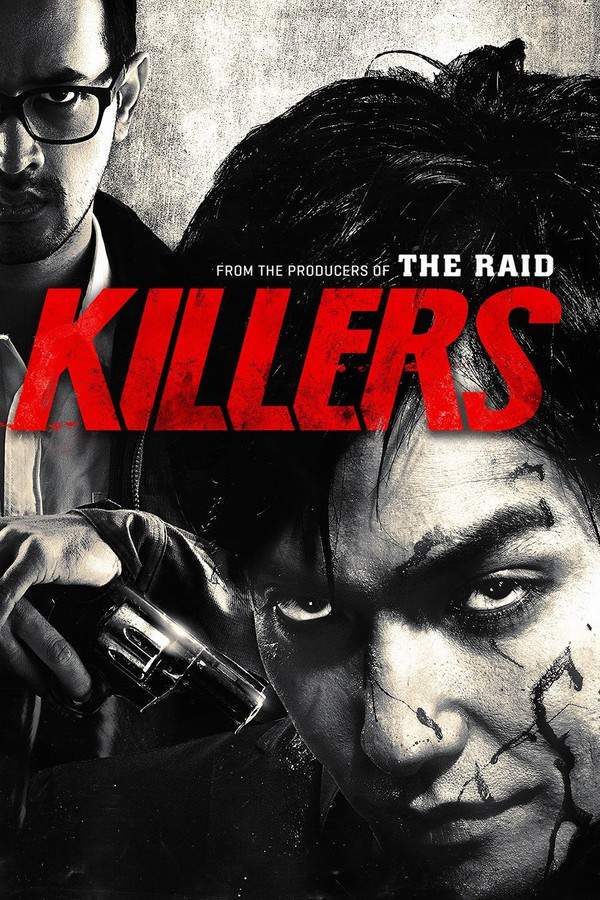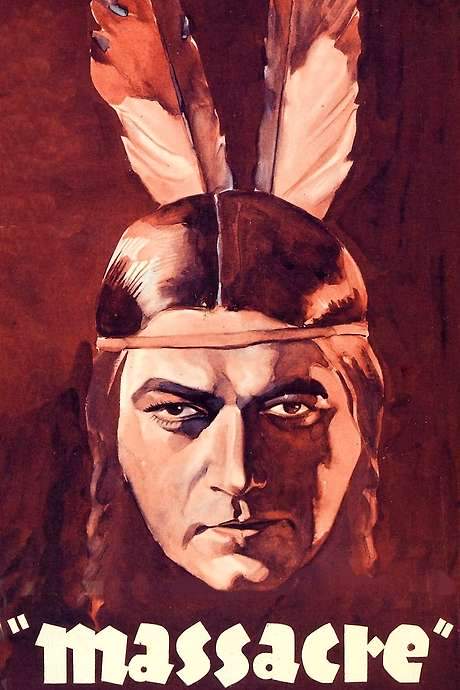Killers of the Flower Moon 2023
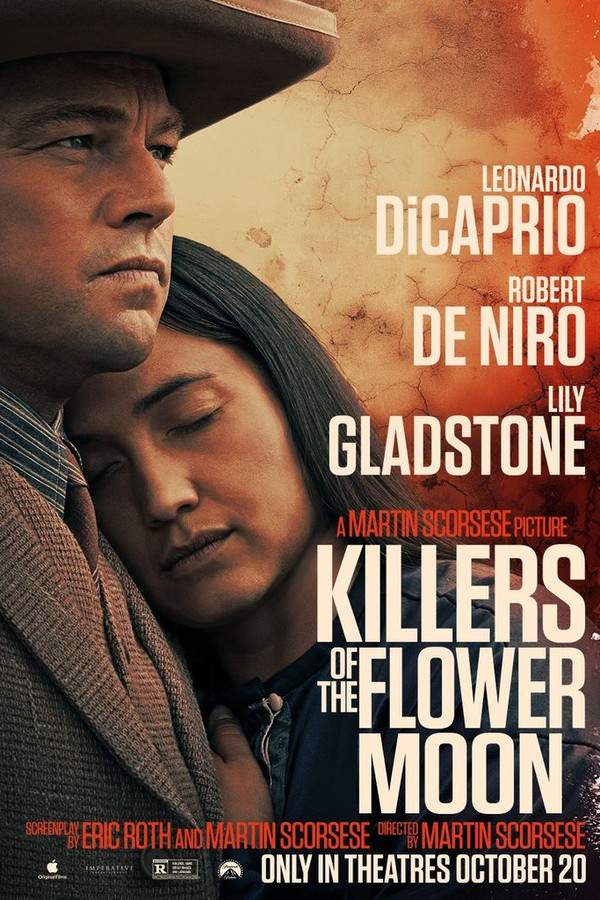
In 1920s Oklahoma, the discovery of oil brought unexpected wealth and status to the Osage Nation. This prosperity attracted outsiders seeking to exploit the Osage through manipulation, intimidation, and violence. As the Osage people experience a series of mysterious deaths, an investigation uncovers a dark and sinister plot driven by greed and a lust for power, revealing the devastating human cost of unchecked ambition.
Does Killers of the Flower Moon have end credit scenes?
No!
Killers of the Flower Moon does not have end credit scenes. You can leave when the credits roll.
Meet the Full Cast and Actors of Killers of the Flower Moon
Explore the complete cast of Killers of the Flower Moon, including both lead and supporting actors. Learn who plays each character, discover their past roles and achievements, and find out what makes this ensemble cast stand out in the world of film and television.

Robert De Niro
William Hale

John Lithgow
Prosecutor Peter Leaward

Leonardo DiCaprio
Ernest Burkhart

Brendan Fraser
W.S. Hamilton

Jesse Plemons
Tom White

Lily Gladstone
Mollie Burkhart
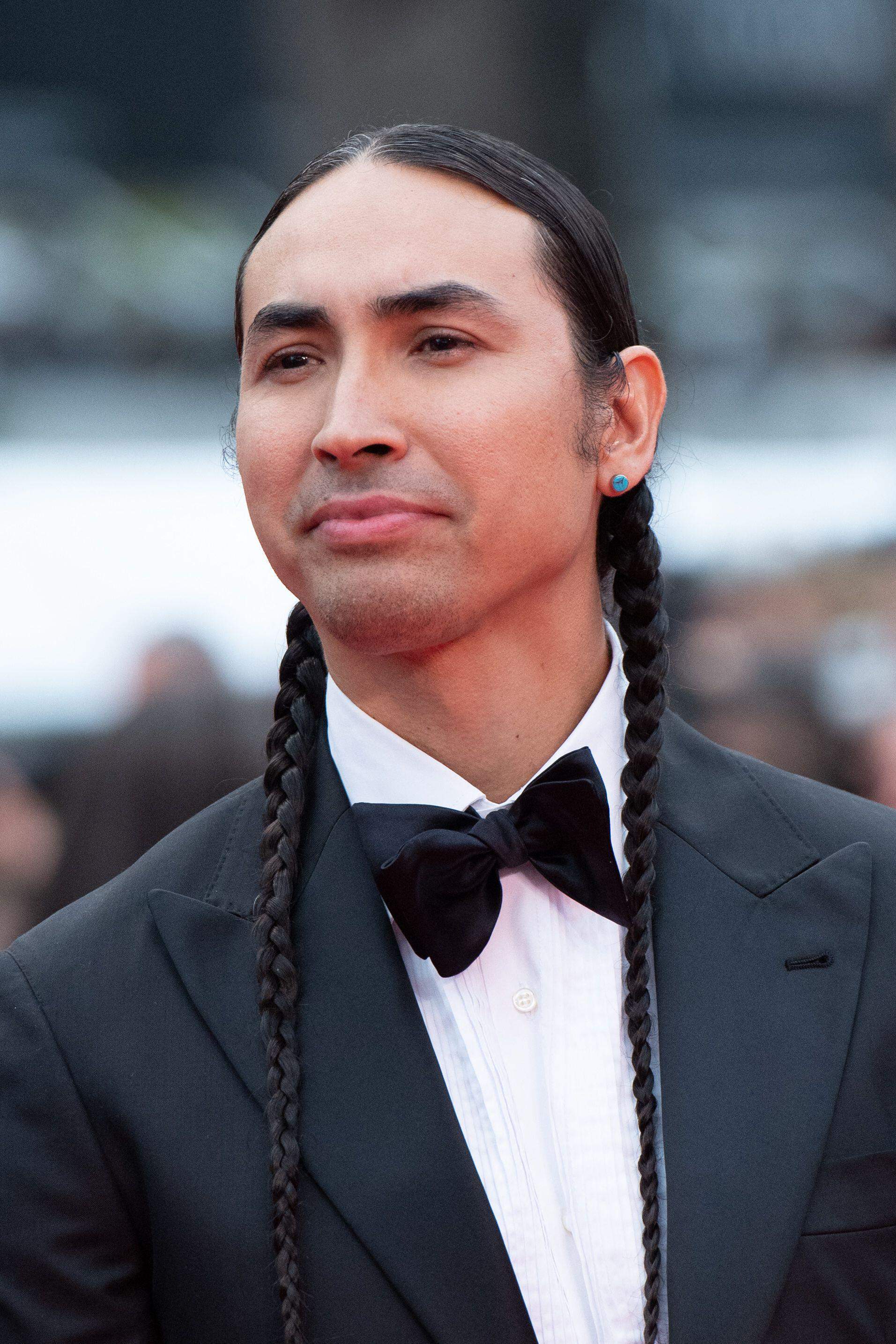
Tatanka Means
John Wren

Sturgill Simpson
Henry Grammer

Tantoo Cardinal
Lizzie Q

Scott Shepherd
Byron Burkhart

Jason Isbell
Bill Smith
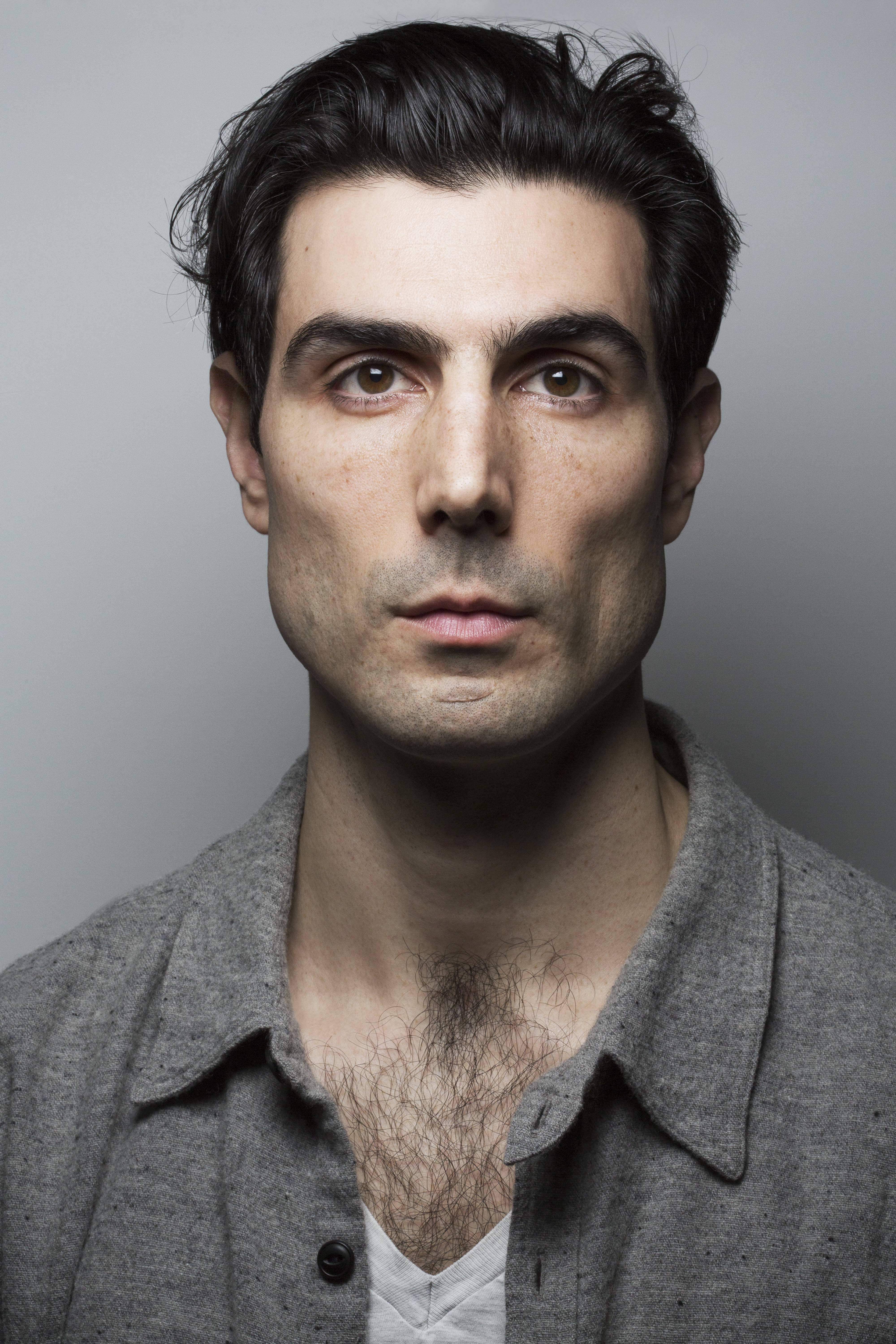
Louis Cancelmi
Kelsie Morrison

William Belleau
Henry Roan

Cara Jade Myers
Anna

Janae Collins
Reta

Jillian Dion
Minnie

Everett Waller
Paul Red Eagle

Talee Redcorn
Non-Hon-Zhin-Ga, Traditional Leader

Yancey Red Corn
Chief Bonnicastle

Tommy Schultz
Blackie Thompson
External Links and Streaming Options
Discover where to watch Killers of the Flower Moon online, including streaming platforms, rental options, and official sources. Compare reviews, ratings, and in-depth movie information across sites like IMDb, TMDb, Wikipedia or Rotten Tomatoes.
Ratings and Reviews for Killers of the Flower Moon
See how Killers of the Flower Moon is rated across major platforms like IMDb, Metacritic, and TMDb. Compare audience scores and critic reviews to understand where Killers of the Flower Moon stands among top-rated movies in its genre.

The Movie Echo Score
Killers of the Flower Moon delivers a powerful historical drama anchored by Scorsese’s direction and standout performances, yet its considerable length undermines sustained engagement. Critics commend the film’s artistic ambition, cinematic flourishes, and acting excellence, while acknowledging an hour‑long excess that dilutes momentum. User commentary echoes this split, praising the craft and emotional weight but criticizing pacing and repetitive sections. The net impression is a commendable work of cinema whose impact is softened by structural overstretch.
The Movie Echo Score Breakdown for Killers of the Flower Moon

Art & Craft
In terms of direction and visual craft, the film benefits from Scorsese’s masterful oversight and Rodrigo Prieto’s meticulous cinematography, which critics describe as cinematic flourishes that convey narrative depth. Production design is repeatedly highlighted for its period accuracy, while a few users note occasional editing lapses. Collectively, the craftsmanship is regarded as a high point.

Character & Emotion
When assessing acting and emotional depth, the ensemble—particularly Lily Gladstone, Leonardo DiCaprio and Robert De Niro—receives consistent commendation for nuanced, compelling performances. Critics label the acting stupendous, and many viewers echo the strength of the portrayals. Isolated criticisms target DiCaprio’s accent and perceived lack of chemistry, but the overall character work is viewed as a major asset.

Story & Flow
Regarding narrative structure, the film presents a richly detailed account of the Osage murders, praised for its historical significance and originality. However, numerous reviewers fault its three‑hour runtime, describing early sections as repetitive and the pacing uneven, leading to a sense of predictability. The story thus emerges as engaging yet hindered by length.

Sensory Experience
The sensory experience stands out through striking cinematography, an evocative soundtrack, and careful sound design that reinforce the period setting. Critics and viewers alike note the film’s visual cohesion and immersive score, though some mention distracting accents or minor sound inconsistencies. Overall, the auditory and visual elements enhance the film’s atmosphere.

Rewatch Factor
Rewatch potential is tempered by the film’s extensive duration and moments of filler, which several users cite as exhausting and unlikely to reward repeat viewings. Nonetheless, the strong performances and compelling historical narrative inspire a desire to revisit key scenes. The consensus suggests modest rewatch appeal, stronger for those interested in the subject matter.

89
Metascore
7.6
User Score


93%
TOMATOMETER

84%
User Score

7.5 /10
IMDb Rating

74
%
User Score

4.0
From 3K fan ratings

4.80/5
From 5 fan ratings
Take the Ultimate Killers of the Flower Moon Movie Quiz
Challenge your knowledge of Killers of the Flower Moon with this fun and interactive movie quiz. Test yourself on key plot points, iconic characters, hidden details, and memorable moments to see how well you really know the film.
Killers of the Flower Moon Quiz: Test your knowledge on the gripping events and characters of 'Killers of the Flower Moon.'
What significant event disrupts the Osage tribe's peaceful ceremony?
Discovery of an oil reserve
Arrival of European settlers
Murder of a tribe member
War declaration against settlers
Show hint
Awards & Nominations for Killers of the Flower Moon
Discover all the awards and nominations received by Killers of the Flower Moon, from Oscars to film festival honors. Learn how Killers of the Flower Moon and its cast and crew have been recognized by critics and the industry alike.
96th Academy Awards 2024


Cinematography
Costume Design

Film Editing
Music (Original Score)

Production Design
77th British Academy Film Awards 2024


Best Casting
Best Cinematography
Best Costume Design
Best Editing
Best Make Up & Hair
Best Original Score
Best Production Design
29th Critics' Choice Awards 2024
Best Picture




Best Acting Ensemble

Best Cinematography
Best Editing
Best Costume Design
Best Production Design
Best Score
30th Annual Screen Actors Guild Awards 2024








76th Directors Guild of America Awards 2024

39th Artios Awards 2024
Feature Big Budget – Drama
81st Golden Globe Awards 2024
Best Motion Picture – Drama




Best Screenplay
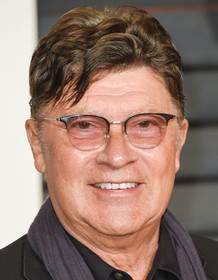
Full Plot Summary and Ending Explained for Killers of the Flower Moon
Read the complete plot summary of Killers of the Flower Moon, including all major events, twists, and the full ending explained in detail. Explore key characters, themes, hidden meanings, and everything you need to understand the story from beginning to end.
The elders of the Osage Nation hold a solemn ceremony to bury a sacred pipe, reflecting on the painful assimilation of their descendants into White American culture. As they wander through their vibrant Oklahoma reservation during the stunning “flower moon” season, several members of the Osage tribe stumble upon an extraordinary discovery of oil erupting from the ground. This lucky find catapults the tribe into immense wealth, as they retain ownership of mineral rights, allowing them to share in prosperous oil-lease revenues. Yet, due to legal requirements, white court-appointed guardians are assigned to manage the finances of full and half-blood members, branding them as “incompetent.”
Remarkably, the Osage County Native Americans achieve the highest per capita GDP globally.
In 1919, returning from the harrowing experience of World War I, Ernest Burkhart (played by Leonardo DiCaprio) moves in with his brother Byron (portrayed by Scott Shepherd) and their uncle, William King Hale (enacted by Robert De Niro), on Hale’s sprawling ranch near Fairfax. Hale, often referred to as “King,” serves dual roles as a cattle rancher and reserve deputy sheriff, presenting himself as a benevolent supporter of the Osage, using their language and showering them with gifts. However, he privately views the Native Americans as weak and sickly.
During Hale’s time, numerous Osage people have met mysterious, untimely deaths, with investigations into these incidents never occurring. These deaths predominantly affect individuals who possess valuable head-rights. In an alarming turn, Ernest and Byron participate in an armed robbery targeting the Osage community. In pursuit of employment, Ernest encounters Mollie Kyle (played by Lily Gladstone), who holds oil head-rights through her family. Mollie struggles against Accountant Pitts Beatty (depicted by Gene Jones) to access her funds as her mother suffers from illness and she lacks a legal guardian.
Ernest becomes invested in understanding Osage culture and history, forging a romantic relationship with Mollie. The couple ultimately marries in a ceremony that beautifully blends Roman Catholic and Osage traditions, raising three children together as their love grows.
However, Hale sinisterly orchestrates contract killings targeting affluent Osage individuals, believing that if Mollie’s family faces tragedy, Ernest will inherit additional head rights. Mollie’s health is precarious; she is diabetic, and her mother’s condition worsens. Tragedy strikes when Mollie’s sister Minnie (portrayed by Jillian Dion) succumbs to an inexplicable illness, leading to the transfer of her head-rights to her husband, Bill Smith (played by Jason Isbell). Following Minna’s death, Hale advises Ernest that the death of Bill would promote further inheritance for Mollie, thus for Ernest.
The dire circumstances continue when Hale instructs Byron to eliminate Mollie’s other sibling, the rebellious Anna (played by Cara Jade Myers). Byron collaborates with Kelsie Morrison (enacted by Louis Cancelmi) to carry out Anna’s murder, pulling off this heinous act beyond the watchful eyes of the Osage.
Growing increasingly alarmed, Lizzie and the Osage council levy blame against the local white residents, urging the tribe for retaliation. They pick Barney McBride (also portrayed by Scott Shepherd), a white oilman, to head to Washington, D.C., and petition for federal intervention in the increasing violence. Tragically, Barney becomes a victim himself, facing unknown attackers in the capital.
As feelings of unrest escalate, a newsreel covering the 1921 Tulsa race massacre, where white residents decimated a Native American community, instills even more dread among the Osage. In her final moments, Lizzie finds solace in the sight of her ancestors welcoming her into the afterlife.
Hale, determined to further his plans, instructs Ernest to eliminate Mollie’s last sister and her husband. However, when the assassination attempt fails, Ernest unwittingly sets off a disastrous chain of events. In a desperate move, he negotiates with Blackie Thompson (depicted by Tommy Schultz), offering his red Buick as a bargaining chip for the killings of Reta and Bill. Unfortunately for Ernest, this plot unravels when Blackie is caught and spills the secret to the authorities.
Surrounded by a web of deceit, Hale manipulates Ernest into a punishment ritual in a Masonic temple, reflecting upon their increasingly murky morality. With Hale wielding significant political sway, he manages to silence potential investigations into the murders. However, the dynamic shifts when Mollie discreetly hires private detective William J. Burns (portrayed by Gary Basaraba). Yet, Ernest and Byron fend him off the reservation, ensuring that their twisted storyline remains obscured.
Hale continues his manipulation and even orders the murder of Mollie’s friend to ensure his twisted plan comes to fruition. As the horror unfolds, the situation worsens, leading to the death of Henry, which is disguised as a suicide.
Mollie’s determination shines as she rallies her community and, despite her ailing health, journeys to Washington to implore President Calvin Coolidge for assistance. Hale, sensing the escalating attention on their crimes, devises a cruel plan to slow her progress by poisoning her insulin. The illness cripples Mollie, yet ironically, it also affects Ernest, who suffers from his own failed actions.
In a twist, the Bureau of Investigation dispatches agent Thomas Bruce White Sr. (played by Jesse Plemons) alongside his team to delve into the series of suspicious deaths. Encouraged by eyewitness testimonies linking Kelsie to Anna’s death, law enforcement finally begins to connect the dots leading to Hale and Ernest.
In an attempt to safeguard their empire, Hale takes drastic measures to liquidate his holdings and orchestrates additional crimes, but lifelines continue to tighten around him. The threats and repercussions rise when Blackie bears witness to Hale’s evil plot and is incarcerated instead of killed, further implicating Ernest.
As the investigation closes in, twelfth-hour confessions spill secrets of an insidious legacy. Hale’s efforts to eradicate anyone who knew about his malevolent activities ultimately fail when agents rescue Mollie from a fatal fate and uncover the extensive poisoning she endured.
Eventually, Ernest, in a moment of clarity, agrees to testify against his uncle, driven by the desire to protect his children, especially after tremendous family losses. Despite W.S. Hamilton (played by Brendan Fraser), Hale’s attorney, attempting to manipulate him into recanting, Ernest’s testimony becomes pivotal.
The aftermath sees Hale and Ernest brought to justice, both sentenced to life, with public outcries demanding accountability from Osage. Mollie, forever affected by the ordeal, eventually relocates, wed to another man, passing away from diabetes at the tender age of 50 in 1937 without a mention of her family’s tragedy in her obituary.
The film draws to a close, an aerial view panning over a contemporary Osage powwow dancing circle, a vivid testament to the enduring spirit of the Osage Nation, hanging on through the shadows of their storied past.
Uncover the Details: Timeline, Characters, Themes, and Beyond!

Coming soon on iOS and Android
The Plot Explained Mobile App
From blockbusters to hidden gems — dive into movie stories anytime, anywhere. Save your favorites, discover plots faster, and never miss a twist again.
Sign up to be the first to know when we launch. Your email stays private — always.
Watch Trailers, Clips & Behind-the-Scenes for Killers of the Flower Moon
Watch official trailers, exclusive clips, cast interviews, and behind-the-scenes footage from Killers of the Flower Moon. Dive deeper into the making of the film, its standout moments, and key production insights.
Killers of the Flower Moon Themes and Keywords
Discover the central themes, ideas, and keywords that define the movie’s story, tone, and message. Analyze the film’s deeper meanings, genre influences, and recurring concepts.
Killers of the Flower Moon Other Names and Titles
Explore the various alternative titles, translations, and other names used for Killers of the Flower Moon across different regions and languages. Understand how the film is marketed and recognized worldwide.
Similar Movies To Killers of the Flower Moon You Should Know About
Browse a curated list of movies similar in genre, tone, characters, or story structure. Discover new titles like the one you're watching, perfect for fans of related plots, vibes, or cinematic styles.
Quick Links: Summary, Cast, Ratings, More

What's After the Movie?
Not sure whether to stay after the credits? Find out!
Explore Our Movie Platform
New Movie Releases (2026)
Famous Movie Actors
Top Film Production Studios
Movie Plot Summaries & Endings
Major Movie Awards & Winners
Best Concert Films & Music Documentaries
Movie Collections and Curated Lists
© 2026 What's After the Movie. All rights reserved.














